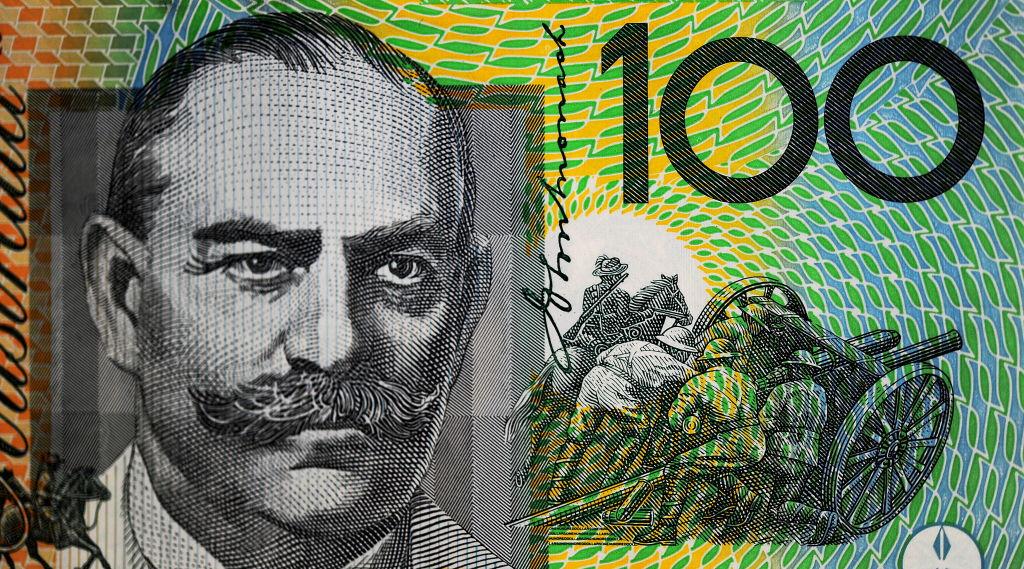The Australian economy expanded by 0.3 percent in the September quarter, marking a slight improvement over the 0.2 percent growth seen in the previous three months.
However, the quarterly growth missed the anticipated 0.5 percent increase, according to the latest data from the Australian Bureau of Statistics (ABS), released on Dec. 4.





